OpenAI's researchers have built an experimental large language model that is far easier to understand than typical models, shedding light on how large language models work in general. The new model, called a weight-sparse transformer, is far smaller and less capable than top-tier mass-market models like the firms GPT-5, Anthropics Claude, and Google DeepMinds Gemini. According to Leo Gao, a research scientist at OpenAI, the aim of this model is not to compete with the best in class, but to provide a more transparent understanding of how large language models function.
The weight-sparse transformer model is a significant departure from the black box nature of typical large language models, which are often difficult to understand due to their complexity. Gao explained that the new model is "far easier to understand" and provides a "more transparent" view into how large language models work. This increased transparency is crucial, as it will allow researchers to better understand why models hallucinate, why they go off the rails, and how far they can be trusted with critical tasks.
The development of the weight-sparse transformer model is part of a larger effort to improve the safety and reliability of large language models. As these AI systems become increasingly integrated into important domains, it is essential to ensure that they are safe and trustworthy. Gao noted that "its very important to make sure they're safe" as these systems become more powerful and widespread.
The weight-sparse transformer model is not as capable as top-tier models, but it is still a significant achievement in the field of natural language processing. According to Gao, the model is "at most as capable as GPT-1, a model that OpenAI developed back in 2018." However, the focus of this research is not on competing with the best models, but rather on providing a more transparent understanding of how large language models work.
The development of the weight-sparse transformer model has significant implications for the field of AI research. By providing a more transparent view into how large language models function, researchers will be able to better understand the strengths and weaknesses of these models and develop more effective strategies for improving their performance. This, in turn, will lead to more reliable and trustworthy AI systems that can be safely integrated into important domains.
OpenAI's researchers are continuing to work on the weight-sparse transformer model, with the goal of further improving its transparency and capabilities. While the model is still in its early stages of development, it has the potential to revolutionize the field of AI research and lead to significant advances in the development of safe and reliable AI systems.



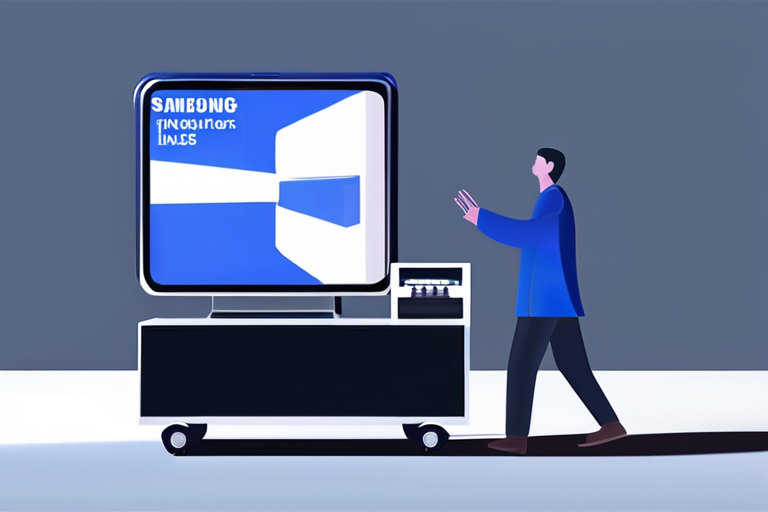
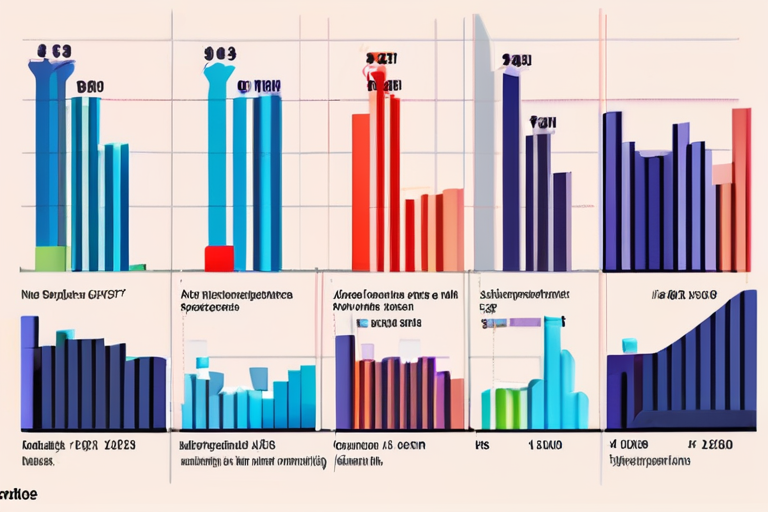




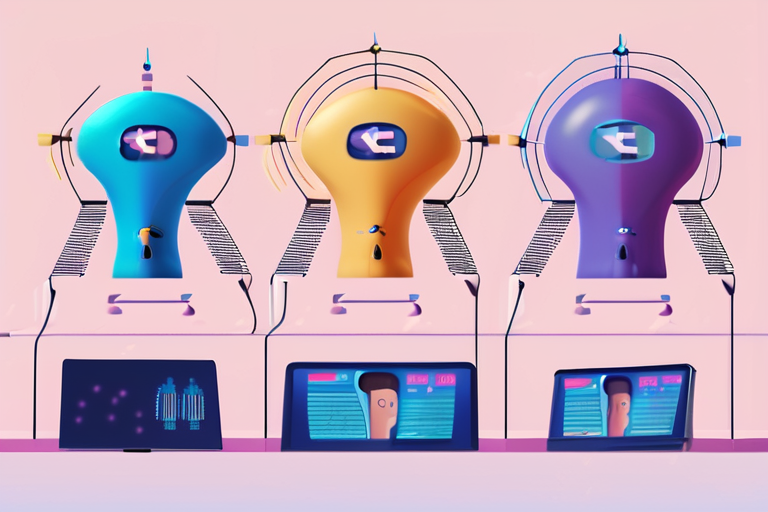



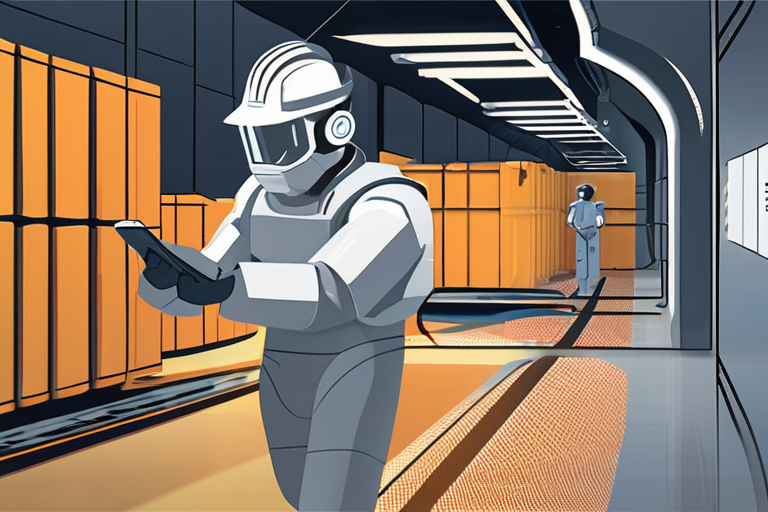




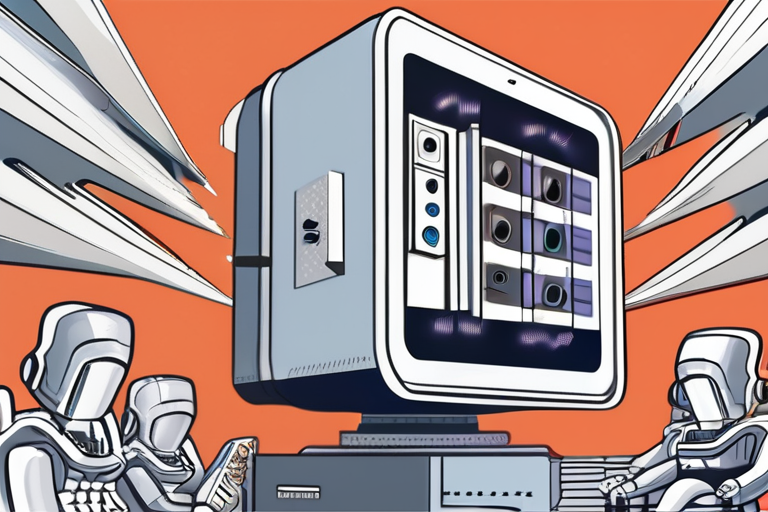


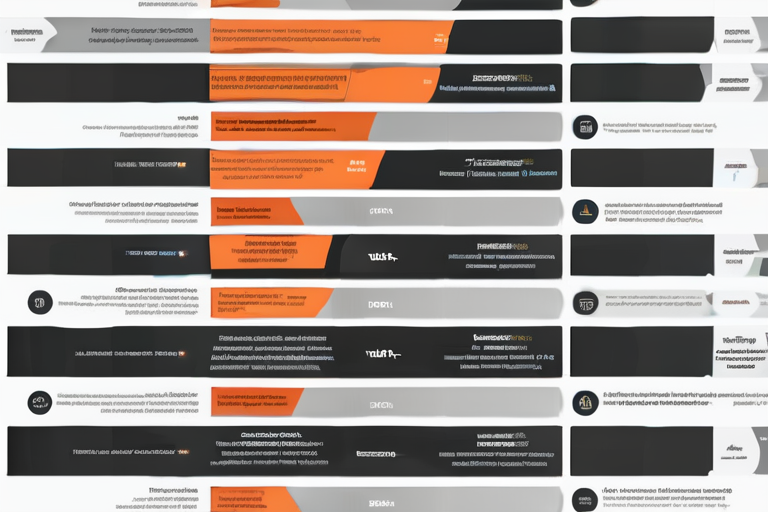





Share & Engage Share
Share this article